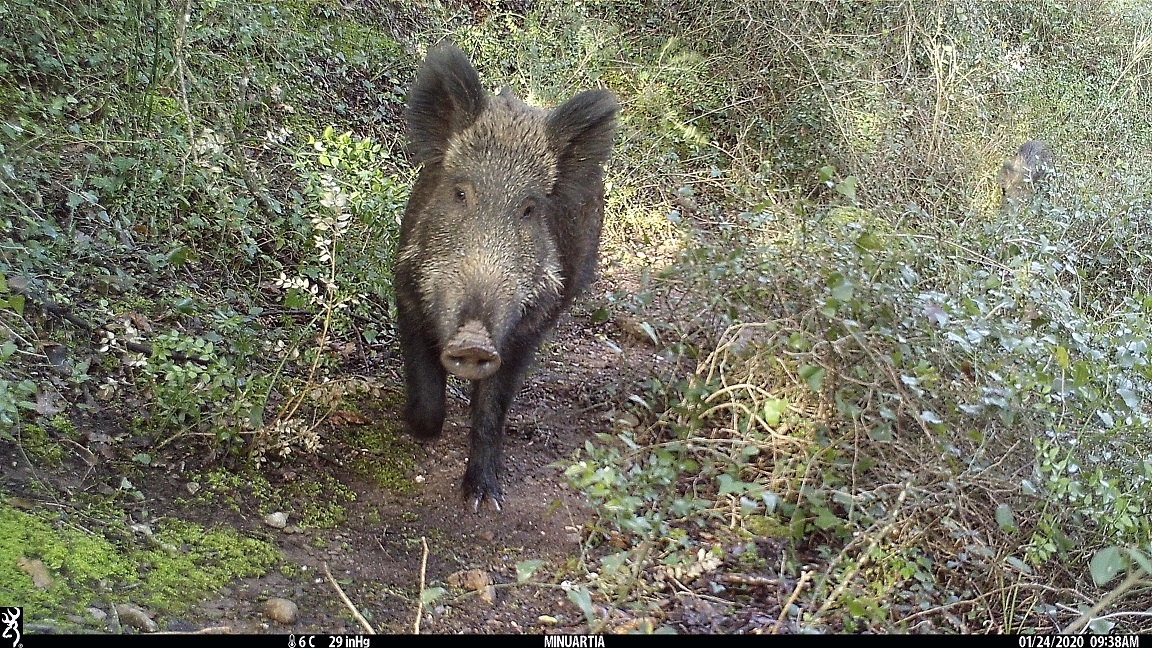Un estudi publicat a la revista Science of the Total Environment per la Joana Colomer doctoranta industrial de Minuartia i de l’Institut de Recerca de la Biodiversitat –IRBio UB, Carme Rosell (Minuartia), José Domingo Rodriguez-Teijeiro (IRBio i Dept de Biologia Evolutiva, Ecologia i Ciències Ambientals de la Facultat de Biologia de la UB) i Giovanna Massei (Agència de salut animal i vegetal del Regne Unit), descriu l’efecte reserva i les oportunitats que implica per al control de les poblacions de senglar i mitigar els conflictes que causen. L’estudi inicial va ser finançat per la Diputació de Barcelona, i es va dur a terme en dues reserves naturals dins el Parc Natural de Montseny.
Notícia Original: www.ub.edu (06/07/2021) · Projecte de Doctorat Industrial entre l’empresa Minuartia i l’Institut de Recerca de la Biodiversitat –IRBio UB

Creixement de les poblacions de senglars
Aquest fet fa que la interacció entre el senglar i l’activitat humana sigui inevitable, i els conflictes que causa hagin augmentat durant els últims anys. Alguns dels més freqüents són els danys a l’agricultura, en infraestructures, accidents de trànsit, risc de transmissió de malalties, impactes sobre la conservació de la biodiversitat, entre d’altres. A més, aquests impactes tenen també importants implicacions econòmiques, ja que els costos derivats dels accidents i danys causats pel senglar ascendeixen a milions d’euros.
Mitigació de danys i control de les poblacions de senglars
En aquest estudi, mitjançant càmeres de fototrampeig es va avaluar la presència de senglars dins de dues zones de reserva natural, on la caça regular de senglars no està permesa, i només s’autoritzen caceres esporàdiques per al control de la població. Els resultats indiquen que aquestes zones actuen com a refugis on es concentren els senglars que escapen de les zones de caça del voltant. Aquest fenomen s’anomena “efecte de reserva” i causa augments de densitat localitzats en zones on la caça està prohibida.
Els resultats mostren també que les caceres organitzades a l’interior d’aquestes reserves són efectives, i amb una sola actuació es pot aconseguir una disminució molt important de la densitat, que a més es manté durant un llarg període de temps. Per tant, l’existència d’aquestes zones de refugi presenta també oportunitats per aplicar mesures de control poblacional molt eficients. Aquests resultats són rellevants també per a la gestió de brots de malalties en senglars, com per exemple la Pesta Porcina Africana durant les fases de control i erradicació. També pot ser aplicable a campanyes de vacunació enfront de malalties.

